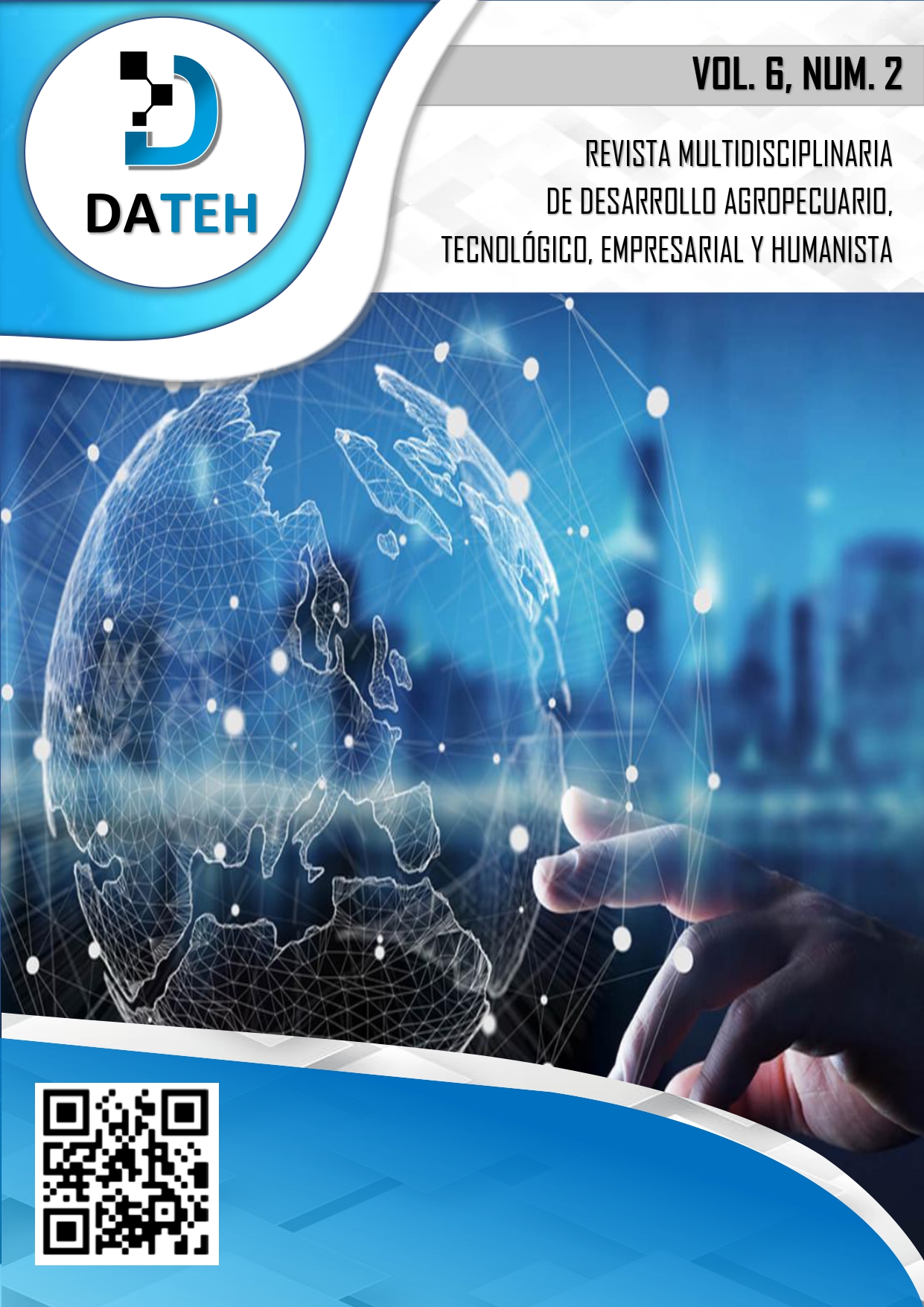Curriculum evolution in mobile development: ITSQMet adapting to emerging technologies
Abstract
In the field of mobile development, the rapid evolution of hardware and software technologies drives constant adjustments in the curricular programs of ICT educational institutions. In this context, the Instituto Tecnológico Superior Quito Metropolitano (ITSQMet) has demonstrated a continuous commitment to adapting its curriculum, especially in the programming languages used in mobile applications. This article analyzes the evolution of programming tools and languages at ITSQMet, from Java and Swift for native applications, to Javascript, Typescript, React Native and Flutter for hybrid applications. We seek to understand the reasons for these changes and their impact on the training of students. The research used a qualitative approach with participant observation, in addition to analyzing current trends in mobile programming languages through a literature review and direct observation in the ITSQMet educational environment. The results show a clear correlation between the languages adopted by the ITSQMet and industrial trends. A significant movement towards JavaScript, TypeScript, React Native and Flutter stands out, driven by the demand for efficient and versatile hybrid applications. The adaptation of the ITSQMet curriculum responds to market demands, driven by companies such as Facebook and Google with technologies such as React Native and Flutter. Concluding that it is essential that educational institutions are agile and proactive in the face of technological innovations.
Downloads
References
Alanazi, A., & Alfayez, R. (2024). What is discussed about Flutter on Stack Overflow (SO) question-and-answer (Q&A) website: An empirical study. Journal of Systems and Software, 215, 112089.
Andy, R., & Andy, L. (2023). Identificación de las competencias digitales requeridas por los estudiantes para el desarrollo de la asignatura de desarrollo de aplicaciones móviles en el ISTTENA.
Arteaga-Tubay, G. J. (2024). Recursos tecnológicos para el aprendizaje en el marco de la educación inclusiva ecuatoriana. Revista Cienciamatría.
Ekrem Gülcüoğlu, Ahmet Berk Ustun, & Neşet Seyhan. (2021). Comparación de plataformas nativas Flutter y React. Internet Uygulamaları y Yönetimi Dergisi.
Expósito, F. de la T. R., García, M. R. C., Blanco, D. M., Rodríguez, O. C., Rodríguez, Y. P., & Zaldívar, R. V. (2021). Innovación en educación y TIC con enfoque de competencias. Un reto curricular, didáctico y tecnológico de la formación profesional universitaria cubana. Revista Tecnología Educativa, 6(1).
Farooq, M. S., Riaz, S., Alvi, A., Ali, A., & Rehman, I. U. (2022). Enfoques y marcos de desarrollo móvil multiplataforma.
Fojtík, R., & Pawlas, J. (2023). Cross-platform and native mobile app development. 4th International Conference on Decision Making for Small and Medium-Sized, 61.
Leandersson, C. (2022). Evaluating two cross-platform frameworks using Cognitive Dimensions.
Varguillas, C., Urquizo, A., Bravo, P., & Moreno, P. (2021). Experiencias en el proceso de inclusión educativa en la educación superior iberoamericana. Chaquiñan - Revista de Ciencias Sociales y Humanidades.
You, D., & Hu, M. (2021). A comparative study of cross-platform mobile application development. Wellington, New Zealand, 66



